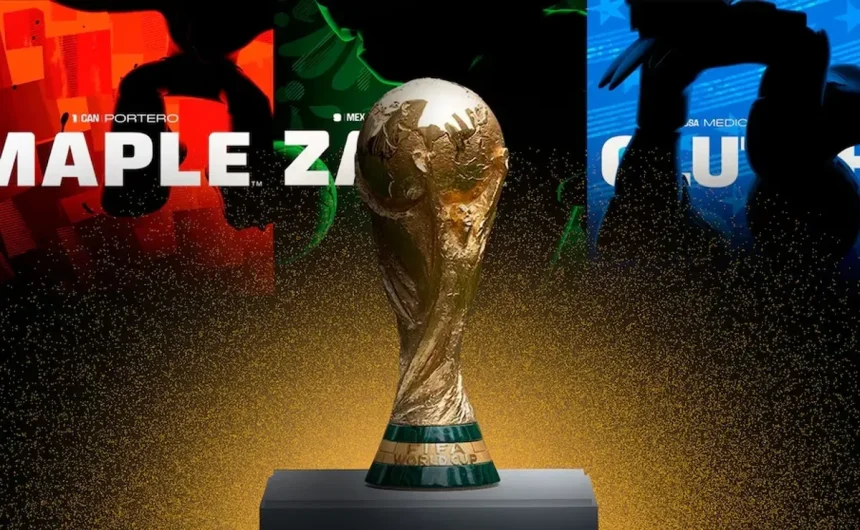After months of speculation and countless rumors, FIFA has officially revealed part of the identity of the mascots for the upcoming 2026 World Cup, which will be hosted jointly by Mexico, the United States, and Canada.
In a newly released video, fans finally got their first glimpse of the silhouettes and names of the three characters set to symbolize the tournament:
- Zayu: a forward representing Mexico.
- Clutch: a midfielder embodying the United States.
- Maple: a unique goalkeeper tied to Canada.
While fans still await the full visual reveal, the announcement generated massive buzz across social media. Each mascot is designed to reflect the culture, passion, and national identity of the three host nations, uniting them under one historic tournament.
Looking ahead to 2026
The 2026 World Cup will be the largest in history, expanding to 48 teams and played across 16 cities in North America. Beyond the record-setting format, the introduction of Zayu, Clutch, and Maple adds a cultural and emotional touch that fans of all ages will connect with.
As the countdown continues, the mascots will take on a central role in promotions, fan experiences, and merchandising, ensuring that the first-ever three-nation World Cup is not only historic but also unforgettable.
see also
FIFA and CONMEBOL summit in New York on 2030 World Cup: 64 teams and more matches in South America
Mascots in World Cup history
World Cup mascots have been part of soccer’s cultural legacy since 1966, when Willie the Lion was introduced in England. Since then, each edition has had its own iconic figure, ranging from fruit-inspired designs like Naranjito (Spain 1982) to playful creatures like Fuleco the Armadillo (Brazil 2014).
Here’s the full list of official mascots:
- Willie (England 1966)
- Juanito (Mexico 1970)
- Tip and Tap (West Germany 1974)
- Gauchito (Argentina 1978)
- Naranjito (Spain 1982)
- Pique (Mexico 1986)
- Ciao (Italy 1990)
- Striker (USA 1994)
- Footix (France 1998)
- Ato, Kaz, and Nik (South Korea/Japan 2002)
- Goleo VI and Pille (Germany 2006)
- Zakumi (South Africa 2010)
- Fuleco (Brazil 2014)
- Zabivaka (Russia 2018)
- La’eeb (Qatar 2022)
- Zayu, Clutch, and Maple (Mexico/USA/Canada 2026)













